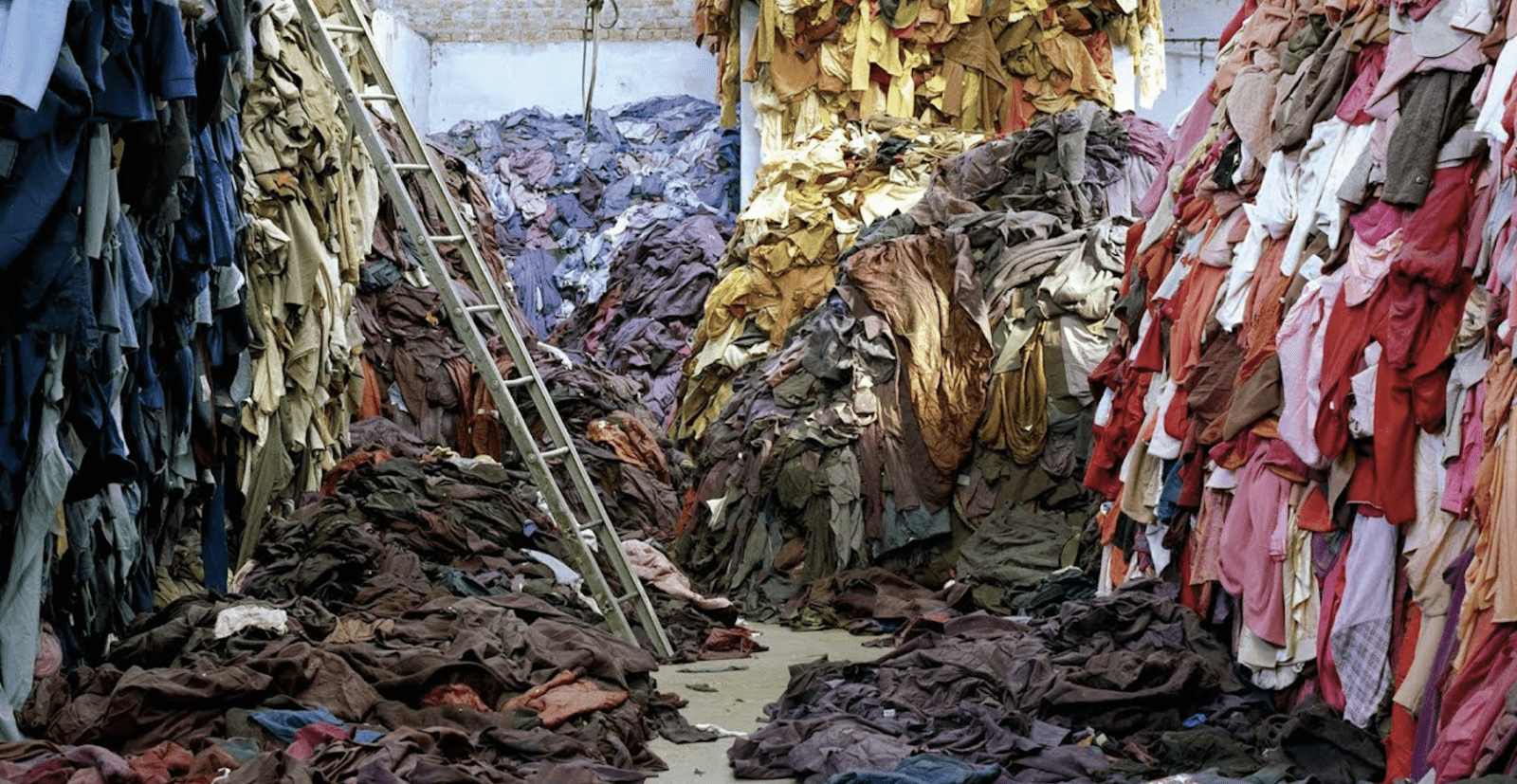What Are Consumer Expectations for Textiles in 2023?
by ajones | Mar 1, 2023 | Sustainability, technology, Durability, Economy | No Comments
-1.png)
Though fast fashion remains popular, consumers want sustainable apparel and home textiles that last. They are gaining knowledge about and seeking built-in technologies, such as odor management, moisture-activated cooling, wicking, and quick dry. This is motivated by concerns about both the future of the environment and rising costs, concerns that also impact producers and retailers.
Consumers’ view
Sustainability is growing in importance for consumers. Cotton Incorporated’s 2022 Inflation and Supply Chain Survey shows just how much consumers are changing their habits, with 58% stating that the past few years have changed how they will shop for clothing going forward. Specifically, 41% state they will be more purposeful in their clothing purchases, 30% say they will buy longer-lasting, higher quality items, and 48% are willing to pay more for higher quality (Salfino, 2022).
Angie Karsama, ProTecht© team member, states, “Consumer-centric sustainability is valid; consumers are actively looking to engage in sustainable practices that are convenient and align with their lifestyles.” When consumers find products that are treated with innovative features such as odor control technologies, they can have greater confidence in an enhanced product lifecycle and easier maintenance of products, such as extended time between wash cycles.
Companies’ view
In a May 2022 survey by Currnt, 45 global industry leaders explored both the physical and emotional aspects of durability. They agreed that if apparel helps consumers feel such emotions as confidence, it may help drive them to adopt more sustainable items. Companies believe they can support this by using quality fabrics and components that perform long term, making garments that are comfortable and fit well, and designing timeless pieces that don’t go out of style (The Impact of Garment Durability).
Measuring durability can be difficult. The company Lycra queried industry experts on the best tools to determine garment durability metrics, with 49% choosing physical durability tests (tensile, tear, shape retention, color retention), 2% choosing life cycle analysis, and 49% saying both (The Impact of Garment Durability). Focusing on these areas may require a mindset shift for companies due to the popularity of fast fashion in recent years. When items are more durable, the impact is fewer purchases, which can mean reduced profits for companies. However, leaders see opportunities for additional revenue streams in innovative after-purchase services, the secondhand market, and alteration services (The Impact of Garment Durability).
Looking forward
The economic outlook impacts both retailers and consumers. Cotton Incorporated’s 2023 Inflation and Supply Chain Survey found that 38% of consumers spent less on clothing in the previous month, and 76% stated they plan to reduce their spending on apparel in coming months (Salfino, 2023). This outlook, along with that of the environment, is motivating both consumers and producers to focus on products that are made to last.
References
The Impact of Garment Durability and Sustainability on Consumer Behavior. (2022, June 15). Sourcing Journal. https://sourcingjournal.com/sustainability/sustainability-news/lycra-durability-sustainability-consumer-behavior-teraloop-oy-quantis-vinted-348906/
Salfino, C. (2022, December 7). Here Comes 2023 — and Here’s What to Expect at Retail. Lifestyle Monitor. https://lifestylemonitor.cottoninc.com/here-comes-2023-what-to-expect-at-retail/
Salfino, C. (2023, February 9). How is the Economy Affecting Apparel Shoppers? Sourcing Journal. https://sourcingjournal.com/topics/lifestyle-monitor/economy-apparel-shopping-conference-board-saks-off-5th-revenge-spending-416123/

Product passports
Around the world consumers track packages through shipment and delivery. Some track family members...

The Environmental Impact of Fast Fashion
Fast fashion presents an environmentally-strenuous cycle of mass producing low quality products to...

Degrowth and the Fashion Industry
Between 2000 and 2014, consumers increased their apparel purchases by an average of 60%, with 85%...


